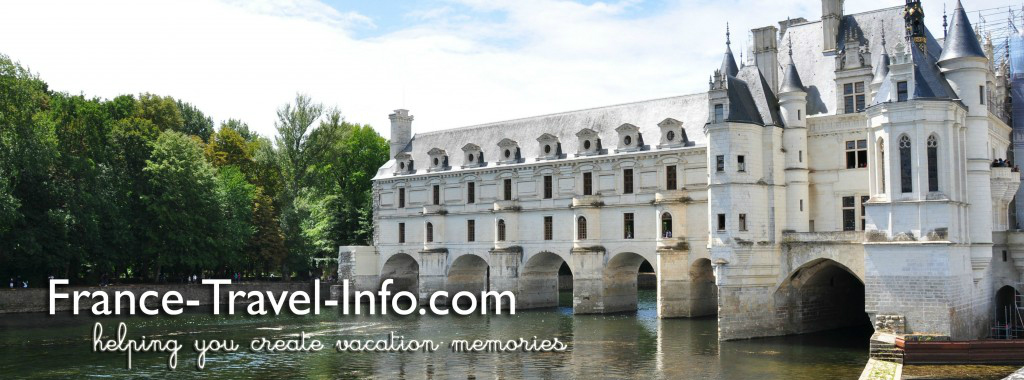Exploration of the Gargoyles and Chimeras of Paris Notre-Dame
Gargoyles and chimeras, sometimes called grotesques, date back to approximately the 12th century. On this page are specifically the gargoyles and chimeras of Notre Dame in Paris are the focus. However, you will find gargoyles on buildings all over Europe.
However, some of what we think of as gargoyles are actually just statues, chimeras or grotesques. They are decorative, not functional like a water spout. These grotesques are used as a means of directing water away from the building – water spouts. During the Middle Ages gargoyles became the popular form and word for these water spouts.
In French, the word gargoyle is gargouille . It is derived from the Latin word gargula or throat. That Latin word is connected to the French verb gargariser or to gargle.
Gargoyles and chimeras of Paris
When it comes to Paris places, I think it is hard to beat the top of Notre Dame Cathedral . The views of the city and views of these gargoyles here 150 feet above the street are impressive. Here you will find both animal and human shapes. There are also those that appear to be half-human/half-animal…. even sculptures that challenge the creative mind.



Brooding chimera
Among the most famous gargoyles and chimeras of Paris
Le Stryge, above, is the most famous grotesque on Notre-Dame. Yes, it is a grotesque and not a gargoyle because it does not direct water away from the building. Gargoyles are easy to spot as they are generally horizontal so that they can direct water away from the building.
In comparison, these gargoyles on the Basilica of Sacré-Coeur are indeed a means to transport water away from the building. I was so taken with the grotesques on my first visit Notre-Dame that I did not even look for true gargoyles to photograph.
- Gargoyle of Sacré-Coeur
- I would love to see the water gushing from the mouth of this gargoyle of Sacré-Coeur during a rain!
- Gargoyle of Sacré-Coeur
More Notre-Dame grotesques:

Chimeras of Notre-Dame

Intimidating Chimeras of Notre-Dame

Chimera of Notre-Dame

Chimeras of Notre-Dame

Grotesque or Chimera of Notre-Dame

Gargoyles and Chimeras of Notre-Dame

Chimeras of Notre-Dame
The book found here gives a bit of history of the gargoyles of Notre Dame . [note: affiliate link which provides pennies toward more travel and more blog posts if from this link you make a purchase! Thanks!]
The gargoyles and chimeras have undergon phases of restoration and conservation throughout their history. In the aftermath of the fire 15 April 2019. [image sourced from multiple news sites] they again underwent restoration and now reign in their original locations. This link provides interesting historical information: https://www.friendsofnotredamedeparis.org/cathedral/artifacts/gargoyles/
Continue reading about gargoyles and chimeras of Paris in French!
Mon histoire en français…
Les gargouilles ou les grotesques, nous pensons qu’ils datent du XIIe siècle. Voici que je veux diriger votre attention expressément aux gargouilles de Notre-Dame de Paris. Cependant, il y a des gargouilles sur les bâtiments partout en Europe.
Les gargouilles fonctionnent à diriger l’eau loin du bâtiment, comme un jet d’eau. Pendant le Moyen Âge, les gargouilles sont devenues la forme populaire pour ces jets d’eau, le mot gargouille étant dérivé du mot latin « gargula » ou gorge.
En haut de Notre-Dame les vues de la ville sont impressionnantes. Ici, vous trouverez les gargouilles des formes humaines, des animaux et des choses bizarres. Il y a certaines de ceux qui semblent d’être moitié humain moitié animal.
Il y a certains des statues qui sont des chimères et pas des gargouilles. Le Stryge est le plus fameux des chimères sur la façade de Notre-Dame. C’est une chimère parce qu’elle n’aide pas s’écouler l’eau. Ma première visite à Notre-Dame, j’étais si fascinée avec les grotesques que je n’ai pas cherché les vraies gargouilles pour mes photographies. Heureusement, j’ai pris des photos à la basilique de Sacré-Cœur des gargouilles où nous pouvons voir le trou qui s’écoule l’eau.
Après le feu du 15 avril 2019, j’ai cherché l’information de la condition des gargouilles et des grotesques, mais je n’ai rien trouvé. J’ai conclu que les gargouilles et les chimères ont survécu au feu, heureusement.







Gotta love those creepy things. Magnificent and fierce at the same time!